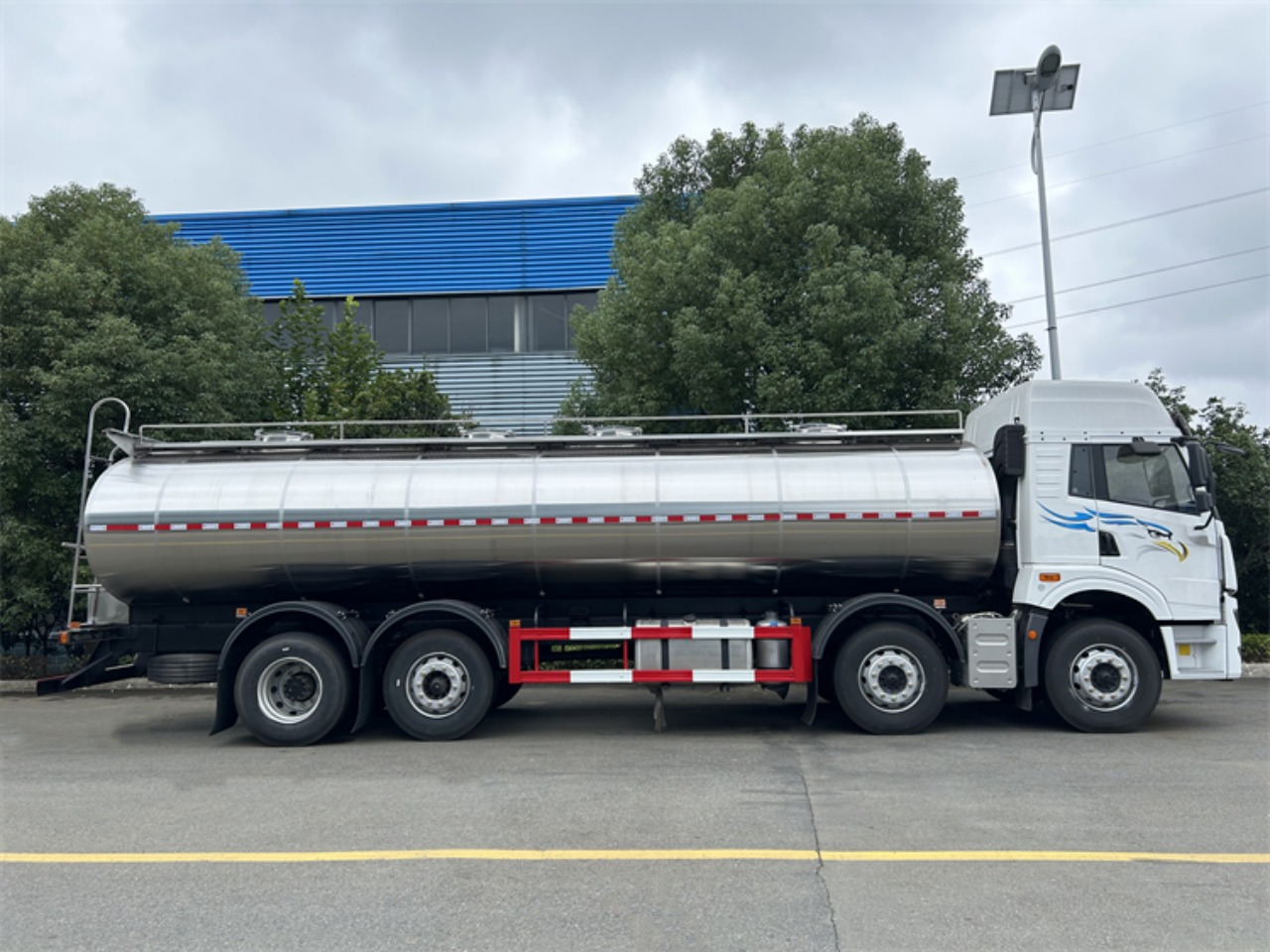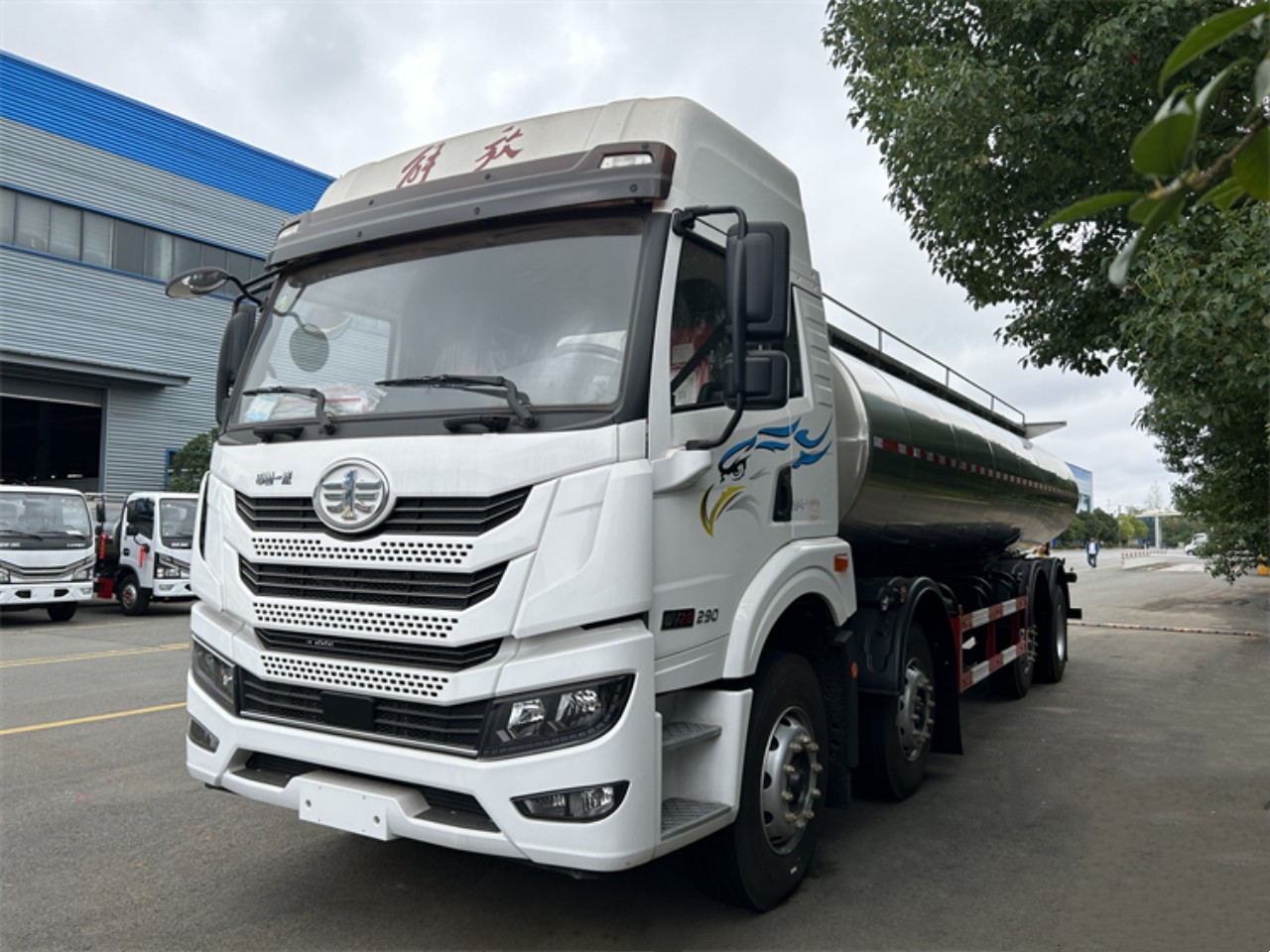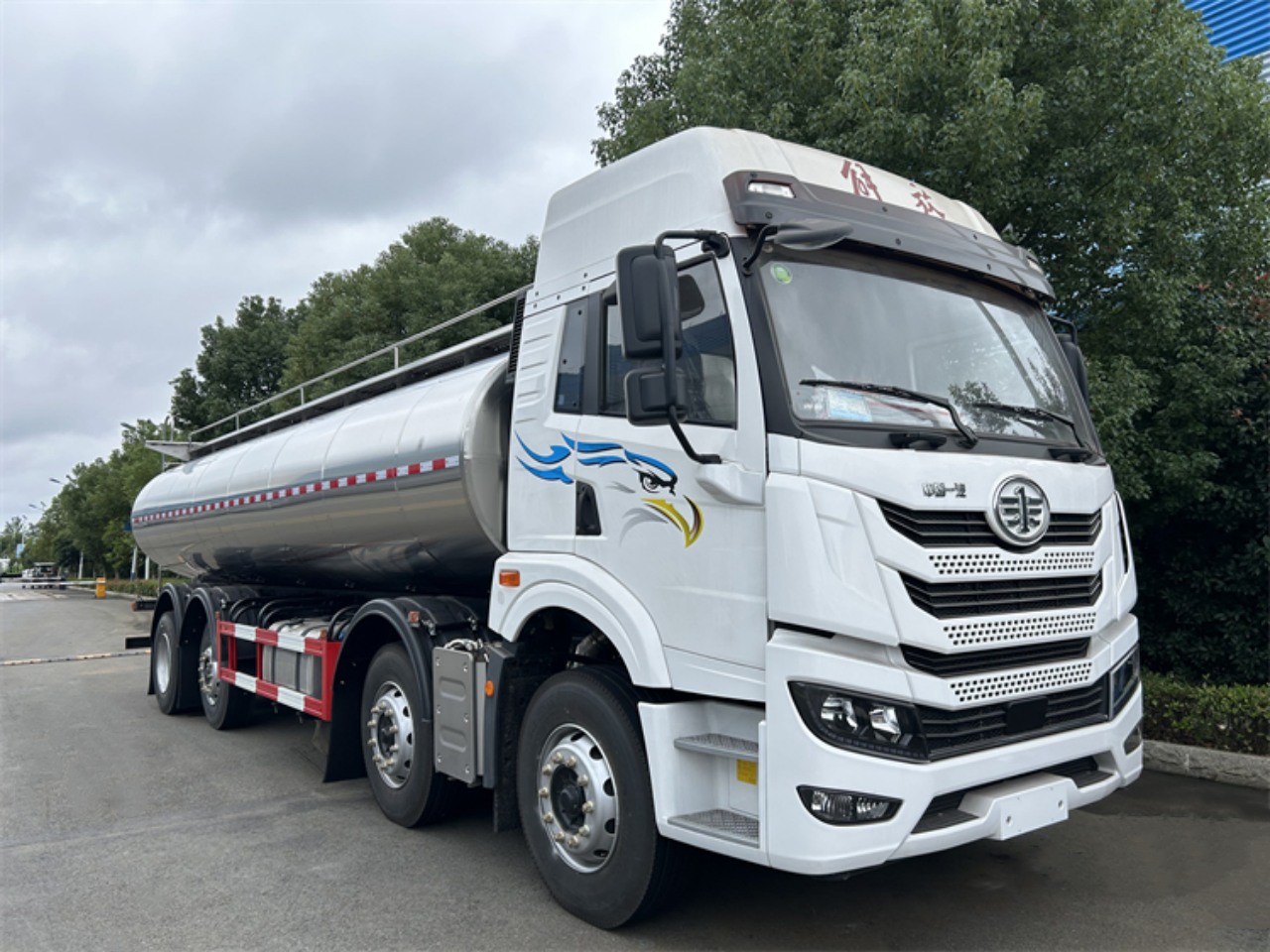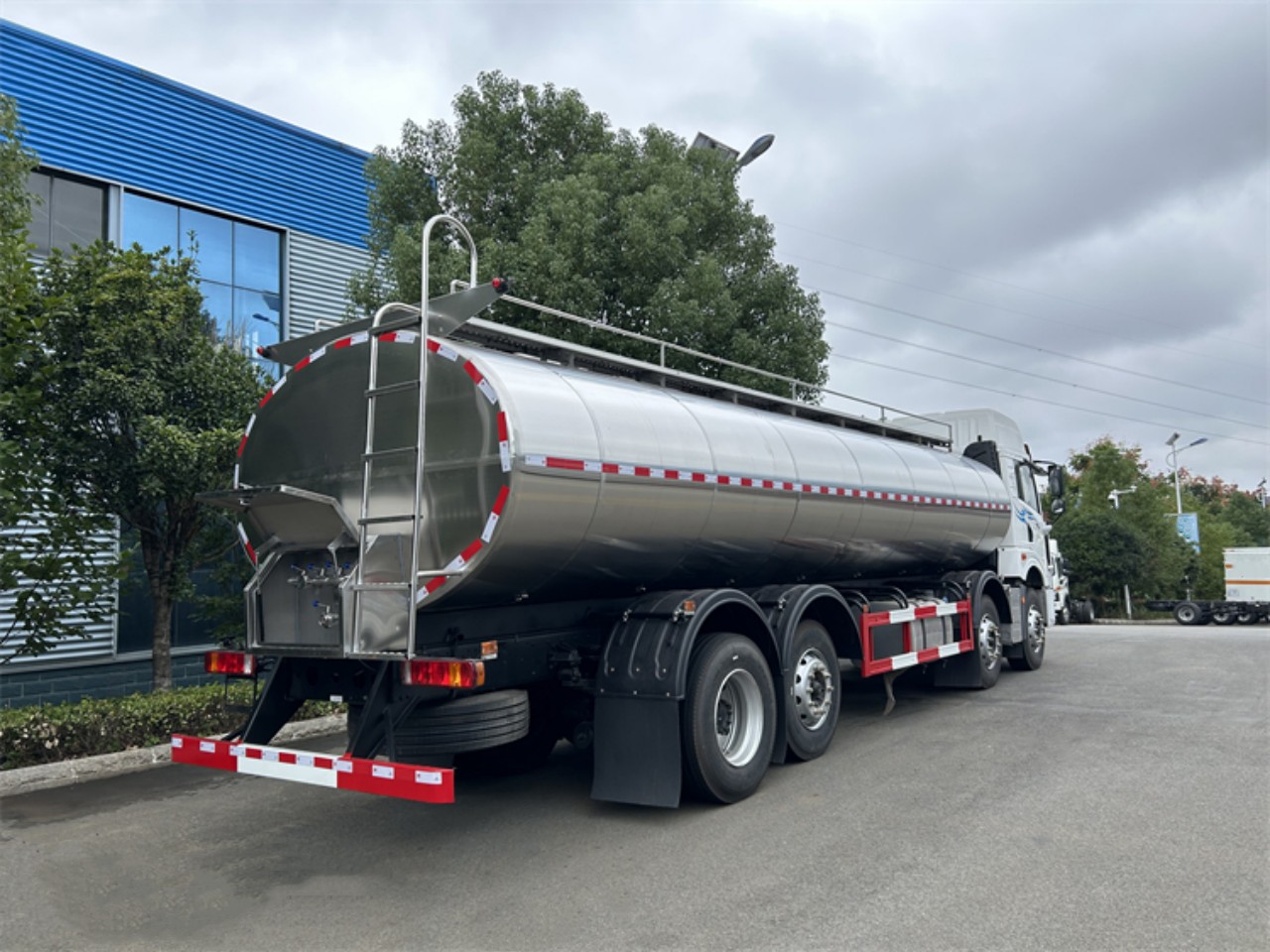Milk is a highly perishable commodity that demands strict hygiene throughout its handling process. From the moment it leaves the cow to when it reaches your local store or dairy, milk must be protected from contamination. One of the critical components in this process is the milk transport system — specifically, milk trucks. These specialized vehicles, often seen cruising along country roads or pulling up to dairies and creameries, are designed to carry large volumes of raw milk. But how do they stay clean and ensure they don’t become sources of contamination themselves?
The answer lies in a detailed, standardized, and scientifically backed cleaning process. Cleaning milk trucks is a carefully regulated procedure that ensures the trucks remain sterile and safe for transporting milk. Let’s delve into how this is done.
Why Cleaning is Essential
Milk is a nutrient-rich liquid, making it a perfect medium for bacterial growth. If milk residues are left inside the tank, they can spoil and become a breeding ground for harmful bacteria, such as Listeria or Salmonella. Not only does this pose health risks, but it can also ruin entire batches of milk and damage a dairy processor’s reputation.
Furthermore, milk trucks often make multiple trips per day between farms and processing plants. This means rapid turnover — and no room for leftover residue, foul odors, or microbial contamination. That’s why cleaning these trucks is not just good practice; it’s mandated by health and safety regulations around the world.
Milk Tanker Construction and Design
Before understanding how they’re cleaned, it helps to know how milk trucks are built. Most modern milk tankers are made from food-grade stainless steel. This material is non-corrosive, durable, and easy to clean. The tanks are designed with a smooth interior surface and rounded edges to prevent milk from getting trapped in corners, ensuring complete drainage.
Inside the tank, there may be baffles to prevent milk from sloshing during transit. While these are necessary for safe driving, they also create more surface area that needs to be cleaned. Therefore, the cleaning process must reach all parts of the tank, no matter how complex the internal structure.
The Cleaning Process: An Overview
The process of cleaning a milk truck is generally referred to as CIP — Clean-In-Place. This method allows the tank to be cleaned without being disassembled. It’s efficient, effective, and widely used in both transportation and dairy processing facilities.
Here’s a step-by-step breakdown of how the cleaning process typically works:
1. Pre-Rinse (Warm Water Flush)
The first step in cleaning a milk truck is to perform a pre-rinse. Warm water (around 40–50°C or 104–122°F) is used to flush out residual milk from the tank. This rinse helps loosen and remove bulk milk residues, reducing the organic load before the actual cleaning agents are applied.
This stage usually lasts several minutes and is performed until the rinse water runs clear.
2. Detergent Wash (Alkaline Cleaning)
Next, an alkaline cleaning solution is circulated through the tank. This detergent helps break down milk proteins and fat residues. The solution is heated (typically around 70–80°C or 158–176°F) to improve its effectiveness.
The cleaning solution is sprayed or circulated using rotating spray balls or nozzles that are installed inside the tank. These spray heads ensure even coverage of the internal surfaces. This stage usually lasts 10 to 20 minutes, depending on the size of the tank and the degree of fouling.
The solution is then drained, but is often reused multiple times in large facilities to reduce chemical and water waste.
3. Rinse (Intermediate Rinse with Water)
After the detergent cycle, a fresh water rinse is performed to remove any residual chemicals from the previous stage. This step is crucial, as any leftover detergent could affect the milk’s taste or safety in the next load.
4. Acid Rinse (Optional but Recommended)
Many cleaning procedures include an acid rinse after the detergent wash. This involves a mild acidic solution, such as nitric or phosphoric acid, to help remove mineral deposits (milk stone) and further sanitize the tank. This step also helps restore the shiny appearance of stainless steel surfaces and prevents corrosion over time.
Like the detergent stage, the acid rinse is usually done with a heated solution and sprayed throughout the tank using CIP spray balls.
5. Final Rinse (Potable Water Rinse)
To ensure no traces of acid or detergent remain, a final rinse with clean, potable water is performed. This water must be free from contaminants and is usually chilled to prevent bacterial growth before the next load of milk is added.
6. Drying and Inspection
Once all rinsing is complete, the tank must be drained and allowed to air dry. Some facilities use heated air blowers to accelerate drying. Moisture can promote bacterial growth, so ensuring a dry interior is essential.
After drying, some facilities perform a manual inspection or use sensors and cameras to verify cleanliness. Any visible residue or lingering odors would indicate a need for further cleaning.
7. Sanitation Before Next Use
Just before a milk truck is dispatched to collect a new load of milk, a sanitation rinse using a no-rinse sanitizer (often chlorine-based) may be applied. This ensures that the interior is in a sterile condition and ready to receive fresh milk.
Automated vs. Manual Cleaning
In larger dairy facilities or milk collection centers, cleaning is done using automated CIP systems. These are programmable systems that handle the entire cleaning cycle — controlling temperature, flow rate, chemical concentration, and time.
Smaller operators may still clean trucks manually or semi-manually, especially in regions without centralized cleaning stations. However, manual cleaning is labor-intensive, less consistent, and more prone to human error, which is why the trend is toward automation wherever possible.
Regulations and Record Keeping
Cleaning milk trucks is not just about best practices; it’s about compliance. In most countries, health authorities require documentation of cleaning and sanitation schedules. Facilities may keep digital logs of each truck’s cleaning cycle, including time, temperature, chemicals used, and inspections.
Failure to adhere to cleaning protocols can result in penalties, product recalls, or worse, public health incidents.
Conclusion
Cleaning milk trucks is a complex but vital process in the dairy supply chain. Using advanced CIP systems, food-safe chemicals, and strict protocols, the industry ensures that every tanker is sterile and ready to transport one of the most sensitive food products: milk.
Next time you see a shiny stainless-steel milk truck on the road, you can be confident that behind the scenes, a thorough and regulated cleaning process is helping to keep your milk safe, fresh, and delicious.





